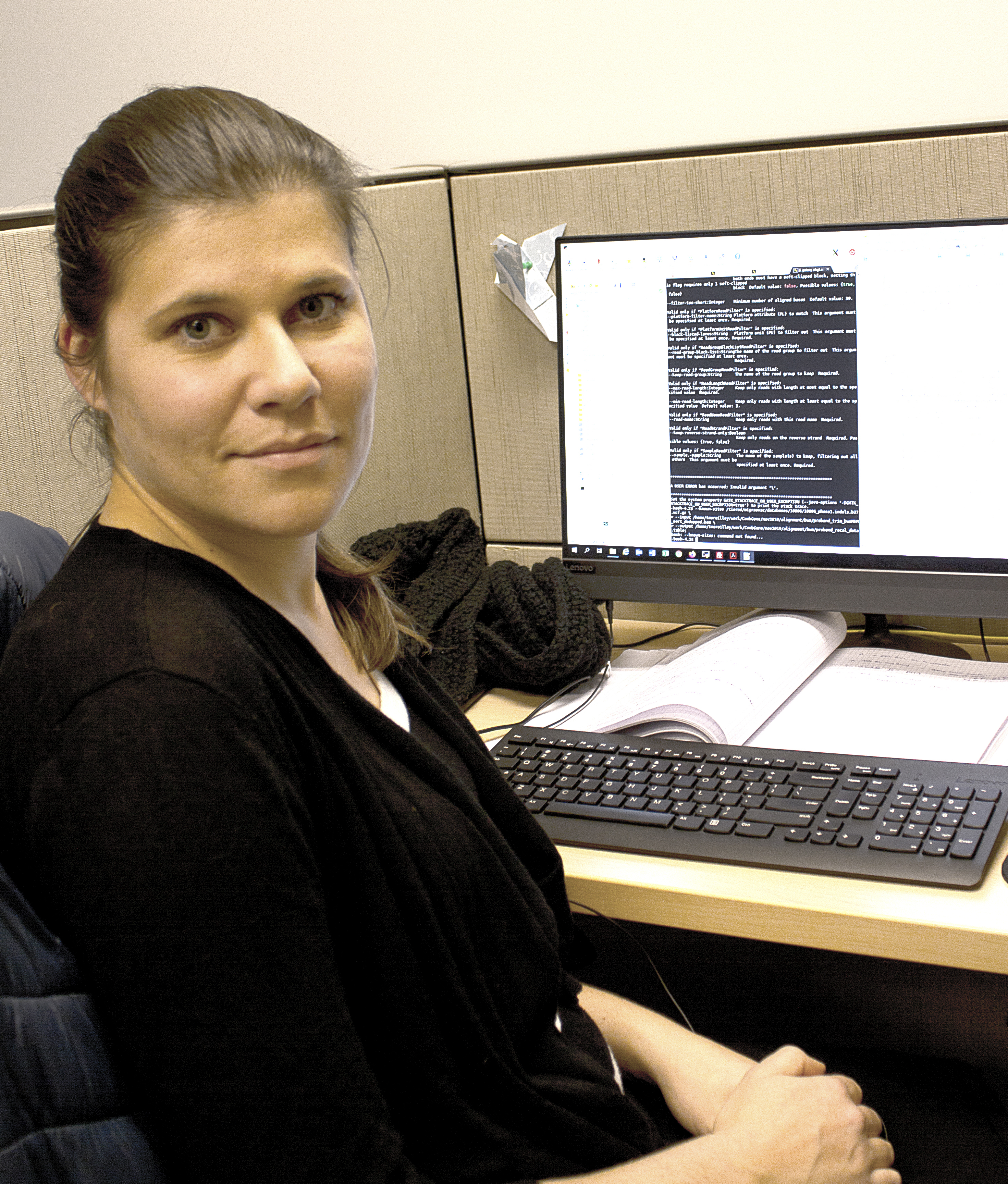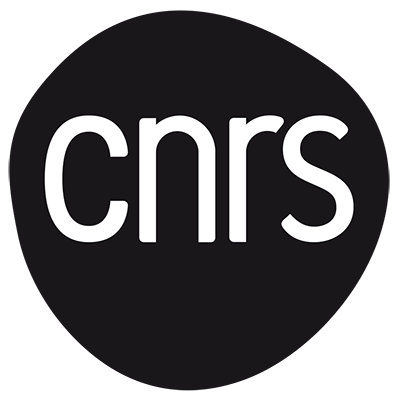Tatiana Maroilley, Univeristy of Calgary, Canada
-
On 20 June 2024Amphi DEfalse false
-
14h00
Improving the diagnosis rate for Canadian Indigenous children with rare diseases by tailoring the analysis of whole genome sequencing
Improving the diagnosis rate for Canadian Indigenous children with rare diseases by tailoring the analysis of whole genome sequencing
Maroilley Tatiana, PhD, Postdoctoral Associate
Department of Biology and Biochemistry, Cumming School of Medicine, Univeristy of Calgary; Departement of Molecular Genetics, Alberta Children's Hospital Research Institute, CIHR Fellow
Abstract
Currently, only ~30% of Indigenous families are receiving a genetic diagnosis. This may be due to: (1) lack of knowledge on normal/common variation in Indigenous people and/or (2) difficulty in detecting more complex variants using available clinical methods. As part of the Precision Diagnosis study, a sub-activity of the Silent Genomes Project, I work on the development of new approaches to detect hidden causes of genetic disease in these patients. Recently, we used the worm, Caenorhabditis elegans, as a model to test sequencing methods usually used and develop our own on genomes known to have complex variations (e.g. inversion of a part of a chromosome or two chromosomes exchanging a segment of DNA). We showed that using usual genome sequencing, we could reliably detect complicated variations. Importantly, we successfully applied these methods to undiagnosed rare disease patients and were able to identify previously missed variants of interest. However, interpreting the effect of such genomic changes and confirming its implication in the disease is challenging. While we continue applying our methods to genomes of undiagnosed patients, we propose to integrate knowledge on normal genetic variation in Indigenous people with gene expression analyses to facilitate the interpretation of complex genome disruptions.
As the first phase of the SG Project is coming to an end, we worked with ~100 Indigenous probands with a RD (89 families), for whom we attempt everything possible and beyond to identify the genetic cause of their syndrome. This mission is of the most importance as the discovery of causative mutations have wide implications for the patients and their families: i) it allows better care and focused treatment plan; ii) it allows enrolment in clinical trials; iii) it gives answers to the patient and the family and prognosis information, which helps them plan a future for their child and as a family; iv) it allows patients and families to connect with a group of patients for support and information; v) it makes patients and families eligible for genomic testing and reproduction counselling. Overall, my project contributes to improving the health of Indigenous children with rare diseases and the well-being of their relatives and communities
Biography
After a Bachelor at the University of Nantes and a PhD at INRAe, Jouy-en-Josas, near Paris, I have been for the past 6 years a post-doctoral associate in the Tarailo-Graovac Lab in the Departments of Biochemistry & Molecular Biology, and Medical Genetics situated at the Cumming School of Medicine and Alberta Children’s Hospital Research Institute at the University of Calgary (Canada). The major goal of my research is to increase the discovery and the diagnostic success of high-throughput sequencing for rare disease patients via genome sequencing. Trained in multi-omics big data analyses (Université Paris-Saclay), my research combines assessment and comprehensive integration of bioinformatics approaches to improve the detection of “all” classes of genome variants from whole genome sequencing data. I also teach Bioinformatics to undergraduate students through an innovative curriculum that gives students a real experience of research in a classroom. While not at work, I enjoy my time with my family and my giant dog, hiking, skiing, swimming, or ice skating – depending on the (Canadian Rockies) weather!






